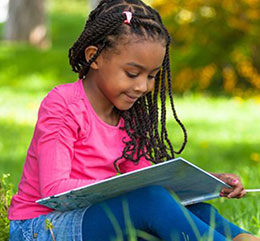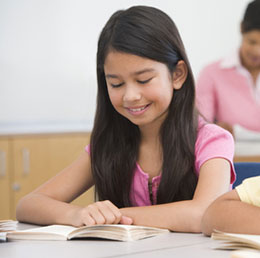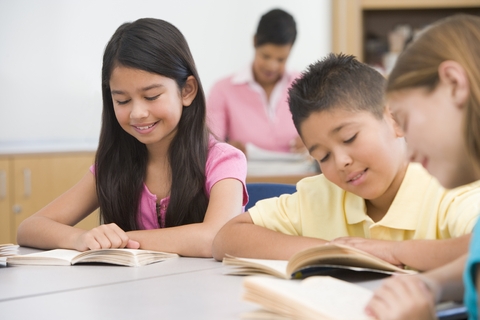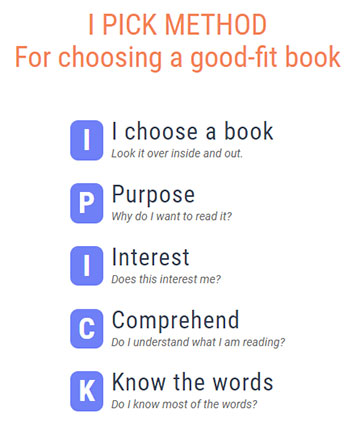A Non-Negotiable Component of Comprehensive Literacy Instruction
The goal of daily independent reading of student self-selected text is to foster wise readers who are self-motivated, self-directed, engaged readers that are critical thinkers, problem solvers, and meaning makers who LOVE to read and choose to read!!!!!
“Children need at least thirty minutes a day to read books they can read, preferably, of their choosing.” (Lucy Calkins, 2001)
What is independent reading?
Independent Reading is the culminating event of the gradual release of responsibility in a literacy classroom. After the teacher explicitly teaches and models skills and strategies for the class, she provides lots of opportunity for students to practice these skills and strategies while reading and discussing instructional level texts with their peers. Students apply this learning while reading texts of their own choosing during their independent reading time. Independent Reading provides time for students to practice and for teachers to talk to students about their reading development.
During independent reading, students
- Use their book bin as a toolkit to read for enjoyment and to apply the learning from class
- Read texts they chose and are interested in reading
- Read texts within their independent through instructional range
- May occasionally read challenging texts that they are very interested in
- Respond to their reading digitally or in writing
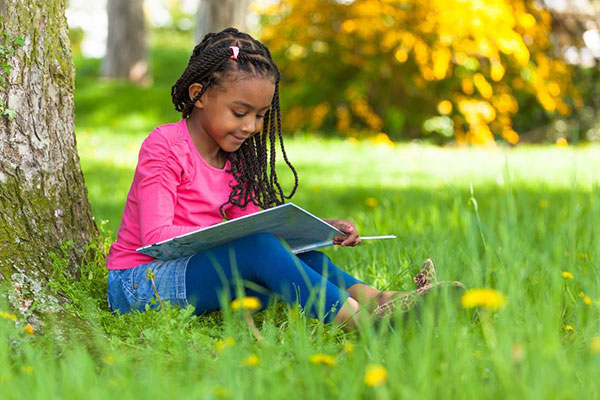
Why is independent reading so critically essential?
Reading has the power to move us to action, to take us to amazing places, to walk in the shoes of others, to learn what has happened in the past, the present and the future. Reading is powerful. Classrooms that value Independent Reading provide opportunities for students to truly engage in texts they want to read for prolonged periods of time and can create a positive, lifelong habit.
Anything we do well requires practice. The more we practice, the more skillful we become. When teachers honor this important time, students realize that reading has great value. Independent reading allows students to make choices, read what they like and develop stamina.
Benefits of independent reading
- Improved Reading Achievement—the more you practice, the better you become.
- Fluency and Automaticity—the ability to decode text automatically while reading comes with practice. Automaticity frees the brain to be able to critically think and make meaning.
- Increased Vocabulary—the best way to develop a rich vocabulary is to read.
- Greater Background Knowledge—the more you read, the more you learn about the world.
- Increased Motivation, Interest and Engagement—the power of choosing your own reading resources and having the time to enjoy those choices as you develop as a reader brings confidence.
How do students become wise readers?
They READ. They read a lot, every day, books they choose and want to read, as well as texts provided by teachers and parents. They also practice the skills and strategies explicitly taught, modeled, and practiced in their classroom and talk to their teacher and peers about the texts they read.
How do teachers become wise reading teachers?
“I often wonder why people ask for research to support independent reading. Does anybody go to the basketball coach and ask her to provide research to support why players are running plays and practicing shots? Does anyone ask the band director why his musicians are playing their instruments during band class?” (Donalyn Miller, 2015)
We know our partners in the process and provide supports and scaffolds to foster their love of reading by:
- Establishing a non-negotiable 20-30 minute time every day
- Build the stamina to read and increase it to 30 minutes
- Teaching a process for choosing “just right” books
- Organizing your classroom library to support student self-selection
- Teaching students strategies for effective self-selection
- Partnering with students to develop criteria for building and maintaining Book Bins
- Developing record keeping systems so students know the genres and types of texts they have been reading
- Conferring regularly with students
- Using ongoing conferring data review to reflect on instruction and make decisions.
RESOURCES
The International Reading Association’s Position Paper: Leisure Reading: A Joint Statement of the International Reading Association, the Canada Children’s Book Centre, and The National Council of Teachers of English. Available in PDF.
Miller, D. and Moss, B. (2013). No more independent reading without support. Portsmouth, NH: Heinemann
Moss, B., & Young, T. (2010). Creating lifelong readers through independent reading. Newark, DE: International Reading Association
This article is #10 in the twelve-part series, “Getting My Classroom Ready for Balanced Literacy Instruction: Classroom Culture and Environment.”
